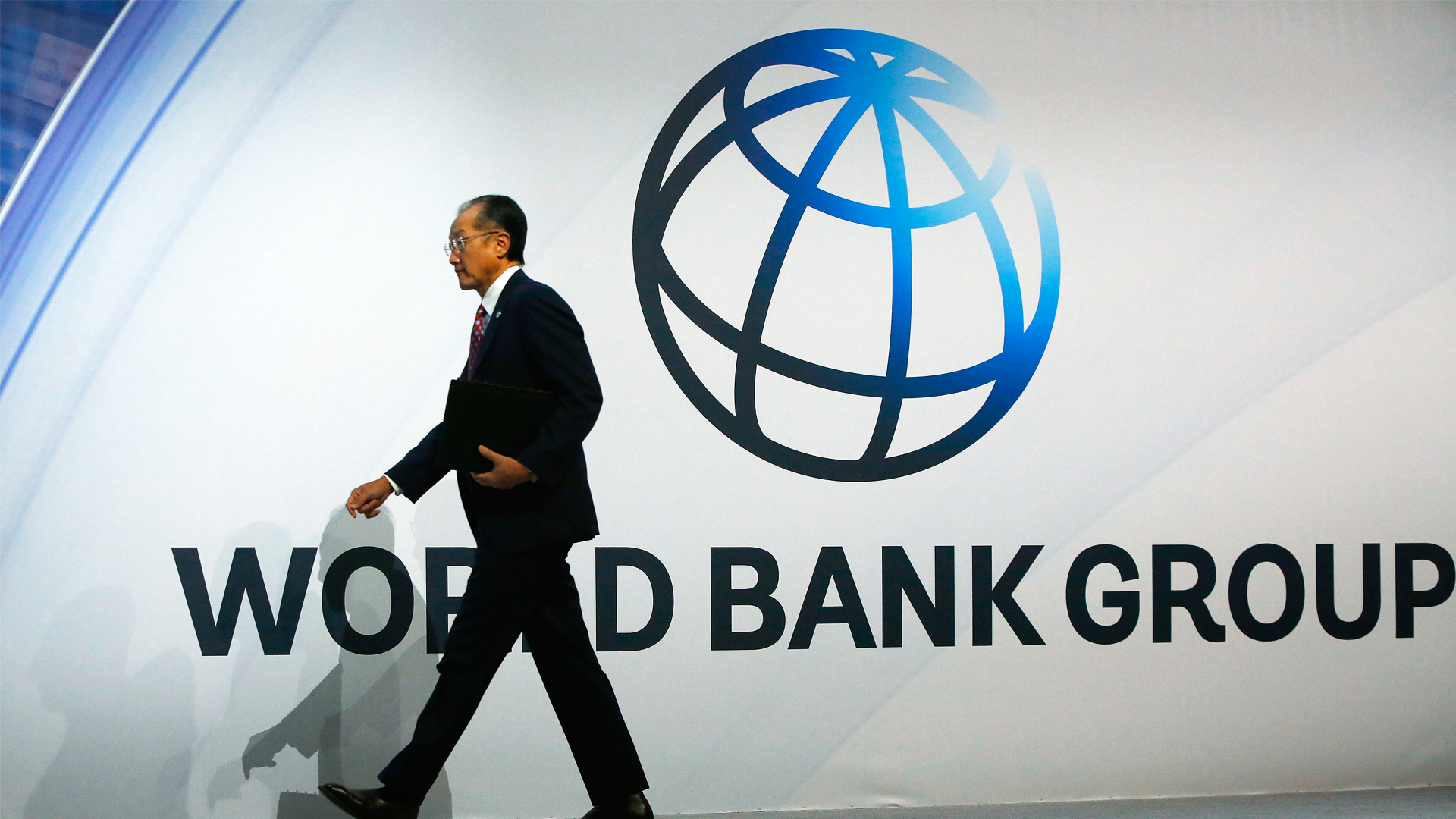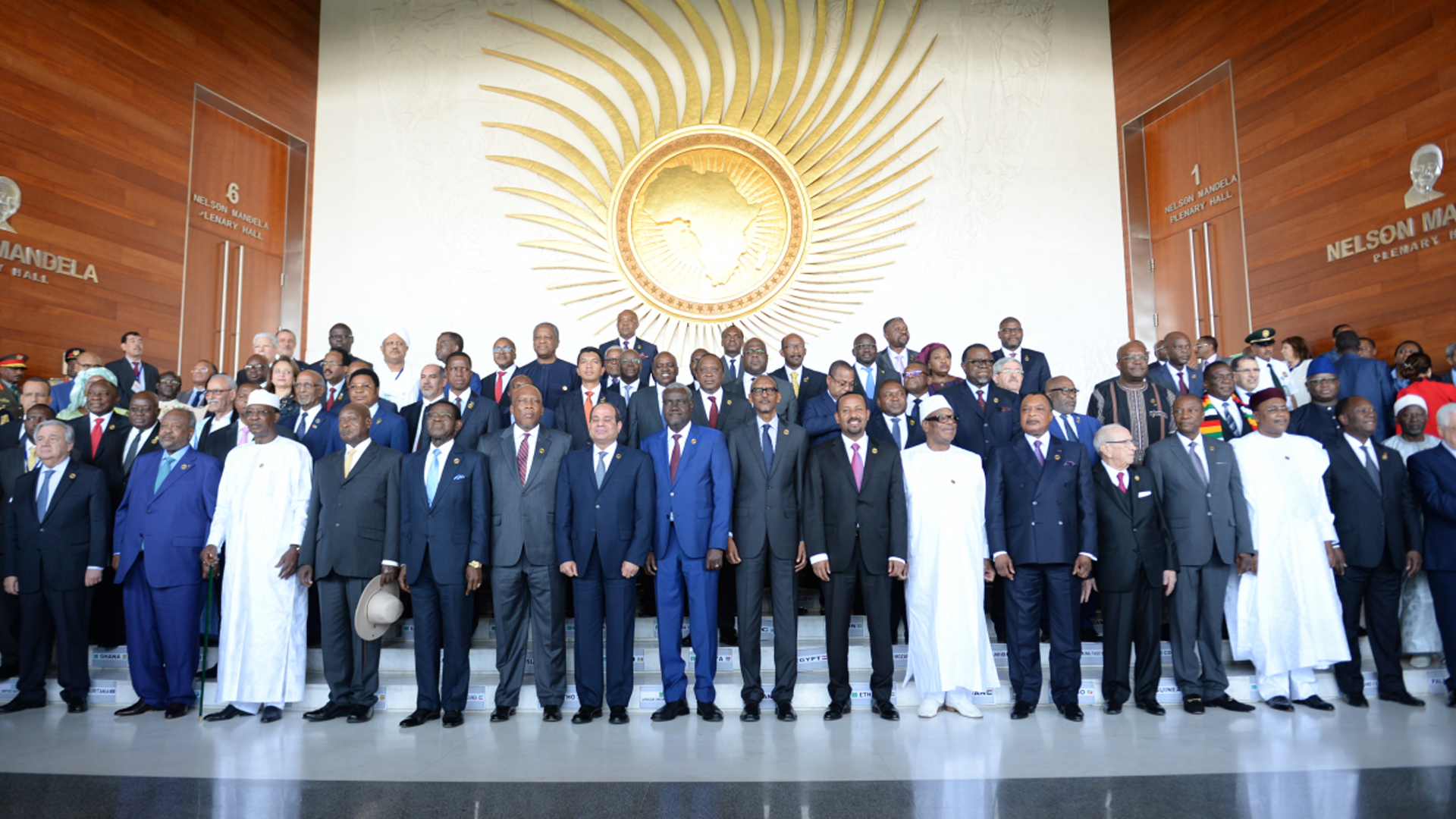World Bank upgrades Zim to lower-middle income economy
Share

The World Bank has upgraded Zimbabwe to a lower-middle income economy, up from low-income economy status, the clearest indication yet that President Emmerson Mnangagwa’s vision to transform the country into an upper-middle income economy by 2030 is achievable.
The World Bank divides economies into four income groupings, namely low, lower-middle, upper-middle, and high income, with the income being measured using Gross National Income (GNI) per capita.
The GNI per capita is the dollar value of a country’s final income in a year, divided by its population. It will be reflecting the average income of a country’s citizens.
To achieve vision 2030, Zimbabwe is currently implementing painful, but necessary reforms to undo years of economic mismanagement.
Guided by the Transitional Stabilization Program (TSP), which is the first phase of the implementation of vision 2030, fiscal authorities have so far contained government expenditure and borrowing, while massive efforts are being made to deal with corruption and rationalisation of the civil service in order to contain the high wage bill.
The TSP, which is also prioritising the aggressive marketing and re-branding of Zimbabwe to facilitate tourism, trade and investment, will be succeeded by two successive five year development plans from 2021 to 2030.
In a sign that these efforts were bearing fruit, the World Bank upgraded Zimbabwe along with two other African countries from low income status to lower-middle income status.
The other two are Senegal and Comoros.The World Bank report states that Zimbabwe’s GNI per capita per US$ increased from US$910 between 2017 and July 1, 2018, to US$1 790 between 2018 and July 1, 2019.
“New thresholds are determined at the start of the World Bank’s fiscal year in July and remain fixed for 12 months regardless of subsequent revisions to estimates,” read part of the report.
“The thresholds for income classification have increased from last year due to Special Drawing Rights inflation.”
As of July 1, 2019, the new thresholds for classification by income are; Low income $1 025, Lower-middle income $1 026 to $3 995, Upper-middle income $3 996 to $12 375 and High income $12 375.
“The classification of countries is determined by two factors: A country’s GNI per capita, which can change with economic growth, inflation, exchange rates, and population. Revisions to national accounts methods and data can also influence GNI per capita,” said the World Bank.
As part of wider economic reforms, government re-introduced the local currency, the Zimbabwe dollar, declaring it the sole legal tender while banning the use of foreign currencies in domestic transactions.
Government has promised to implement supporting policy measures to ensure stability of the newly introduced local currency which consists of bond notes and coins and the RTGS dollar.
Also, Zimbabwe has agreed to undergo an IMF staff monitored programme which entails the monitoring of Zimbabwe’s economic targets and policies by the financial institution.
New Ziana









